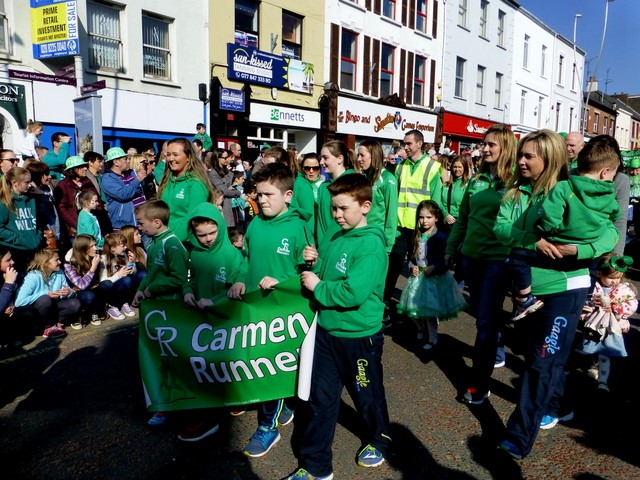March 17 – St Patrick’s Day – is a day of joyful and noisy celebrations around the world when revellers drink to all manner of Irish traditions. Here are five of the best associated with the day.
1. Shamrocks
A prominent symbol of St Patrick’s Day, the shamrock dates back to the religious roots of the holiday. According to legend, St Patrick employed the shamrock on his arrival to explain the Holy Trinity of Christianity. The number three was endowed with mystic power by the inhabitants, so the metaphor took hold.
Eventually, the shamrock became Ireland’s national flower, seen frequently.
2. Green
St Patrick was initially associated with the colour blue, but as the shamrock became popular, green proliferated. The colour was linked to Ireland from the mid 1600s, and came to symbolise Irish nationalism in the Rebellion of 1798, with the folk song ‘The Wearing of Green’ becoming a torch song for the resistance movement.
Today, a sea of green fills cities on St Patrick’s Day. From green rivers to green beer and green outfits, the sky’s the limit.
St Patricks Day gifts are always well received. Check out the gifts online available here for St Patricks Day.
For more facts about the celebration, see https://www.britannica.com/topic/Saint-Patricks-Day.
3 Leprechauns
Leprechauns are naughty fairies who must grant three wishes to be freed if captured. Long beloved as a part of Irish folklore, the sprites were originally dressed in red. Today, however, they typically wear a green top hat, have red hair and are associated with pots of gold and rainbows.
4 The harp and Irish music
Music in Ireland has long been used to pass on wisdom from one generation to the next. Pubs on St Patrick’s Day host a cacophony of traditional pipes, fiddles and bodhrans, sharing the universal language of music.
The harp is a national emblem. It has been used as a historic symbol of pride and rebellion, similar to the shamrock, and harp icons now feature widely.
5 The Celtic knot
The Celtic knot involves intricately intertwined strands without a beginning or end. It is an ancient ornamental device, famously featuring in the Book of Kells and other early Christian manuscripts.
The ubiquitous Celtic knot has appeared in everything from Celtic crosses and gravestones to tattoos and metalwork.




